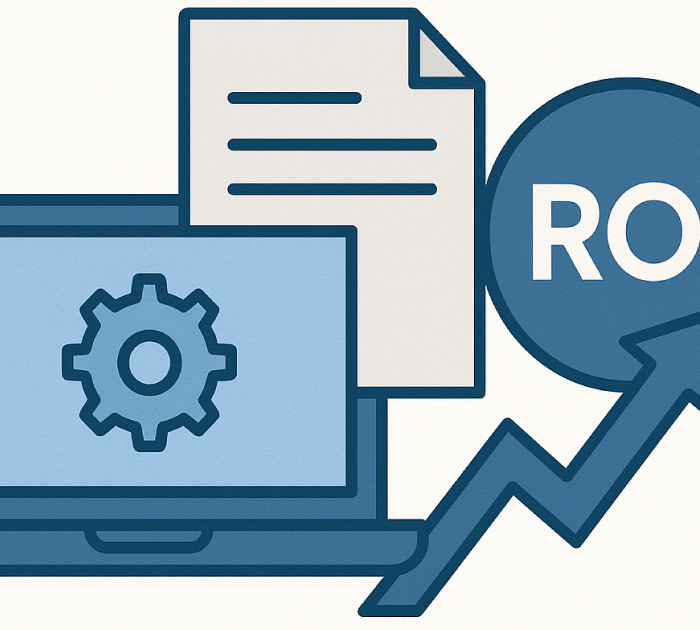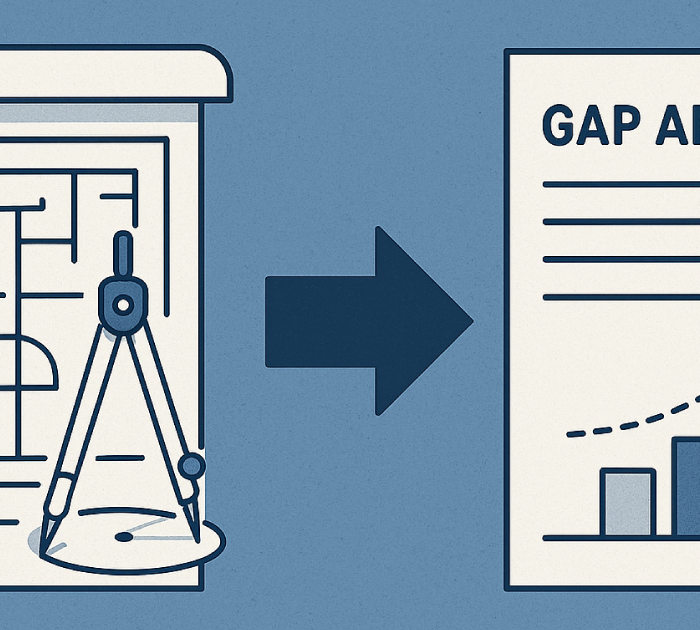Quality isn’t a department; it’s a feedback system. When inspection lives in a silo, issues repeat, returns pile up, and margins erode. Conversely, closed-loop quality builds a continuous flow from detection to correction to prevention—across incoming materials, in-process checks, finished goods, and customer returns. If your factory sells through distributors, e-commerce, or custom channels, embedding this loop into daily work is the fastest way to cut scrap, avoid chargebacks, and ship with confidence.
What “closed-loop” really means (and why it works)
Instead of treating defects as isolated events, you connect four moments of truth: detect → contain → analyze → prevent. The loop works because every failure creates structured data (who, what, where, why) that triggers actions—quarantines, RMAs, supplier claims, engineering changes, or work-instruction updates. Consequently, you fix the symptom and the cause.
Where the loop lives in your stack
You don’t need a brand-new system to get started, but you do need clear ownership.
ERP captures item masters, suppliers, costs, and disposition transactions (rework, scrap, credit).
MES/Shop floor logs in-process checks, machine times, and nonconformances at the operation step.
WMS manages quarantines, license plates, and traceability for holds and recalls.
PLM/Engineering owns design changes and ECOs; PIM updates customer-facing specs after approval.
Decide which system records each step and make integration rules explicit; otherwise, quality data gets lost between hand-offs.
Embed QC into production—without slowing the line
Start where defects are cheapest to fix: upstream.
Incoming
Require vendor COAs on critical materials and perform risk-based sampling. When something fails, create a supplier NC with lot/serial trace, contain the inventory, and auto-notify purchasing. As a result, bad parts never hit WIP.
In-process
Place short, repeatable checks at the highest-risk operations: torque, dimensions, cosmetics, or functional tests. Technicians log results at the terminal or scanner; out-of-tolerance entries trigger an on-the-spot hold and a supervisor alert. Because evidence is captured immediately, root cause becomes discoverable instead of debatable.
Final
Run attribute checks tied to customer specs and channel requirements. If a unit fails, record the reason code, then choose rework or scrap with cost impact. Over time, the pattern points back to the exact step—or supplier—that needs attention.
Close the loop on returns (and protect your brand)
Returns aren’t just refunds; they’re field data. Treat every RMA as a structured NC:
Capture reason codes from customers or distributors with photos or test videos when possible.
Triage fast: cosmetic vs. safety vs. functional. Urgent items escalate to engineering immediately.
Analyze with a simple 8D or fishbone in your QMS or ticketing tool. Link findings to ECOs, supplier claims, or training updates.
Prevent by updating control plans, checklists, or torque settings—and confirm the change at the next run.
Because RMAs feed the same database as shop-floor NCs, you spot the line between internal escapes and field failures quickly.
The data model that makes quality measurable
To avoid “quality theater,” standardize five elements:
Defect taxonomy (mechanical, cosmetic, packaging, documentation).
Cause codes (setup, material, tooling, method, training).
Containment status (quarantine, rework, scrap, return to vendor).
Cost fields (labor, materials, freight, chargebacks).
Trace links (lot/serial, work order, supplier PO, ECO).
With this structure, dashboards become meaningful: FPY/FTQ, PPM, cost of poor quality, top three causes by cell, and supplier scorecards.
A 90-day roadmap to operationalize closed-loop quality
Days 1–15: Map the flow. Document where detection, disposition, and analysis occur; assign system ownership and SLAs.
Days 16–45: Instrument the line. Add two or three critical checks to high-risk operations; enable simple NC capture on terminals.
Days 46–60: Wire returns. Convert your RMA form into structured fields; connect it to the same NC database.
Days 61–90: Act on patterns. Review top defects weekly, run targeted 8Ds, and update work instructions. Then measure FPY and return rate month over month.
You’ll feel traction early—less firefighting, fewer expedites, and fewer “mystery” defects.
Common pitfalls (and how to avoid them)
Over-engineering day one. Start with the top three checks that prevent the most pain. Expand later.
Collecting data nobody reads. Publish a one-page weekly quality report with trends and owners. Keep it visible on the floor.
Skipping containment discipline. If holds aren’t respected, analysis is pointless. Train, badge, and audit.
Letting spreadsheets linger. Move NCs into the system of record; otherwise, you’ll keep losing root-cause history.
The payoff you can bank on
When the loop is truly closed, scrap drops, rework shrinks, and returns turn into design improvements. Moreover, customer confidence climbs because you respond quickly and transparently. Most importantly, quality shifts from a reactive cost center to a proactive profit driver.
If you’d like help designing a practical, right-sized closed-loop program—integrated with ERP, MES, WMS, and PIM—Fonseca Advisers can guide the rollout and training.
It’s a continuous process that links defect detection, containment, root-cause analysis, and prevention across production and returns, so issues are fixed and don’t repeat.
Begin with structured NC capture on the shop floor, clear hold procedures in WMS, and a simple 8D template. Then integrate ERP/MES/WMS step by step.
Track FPY/FTQ, PPM, return rate, and cost of poor quality. Additionally, monitor time-to-contain and time-to-root-cause to ensure the loop is tightening.






